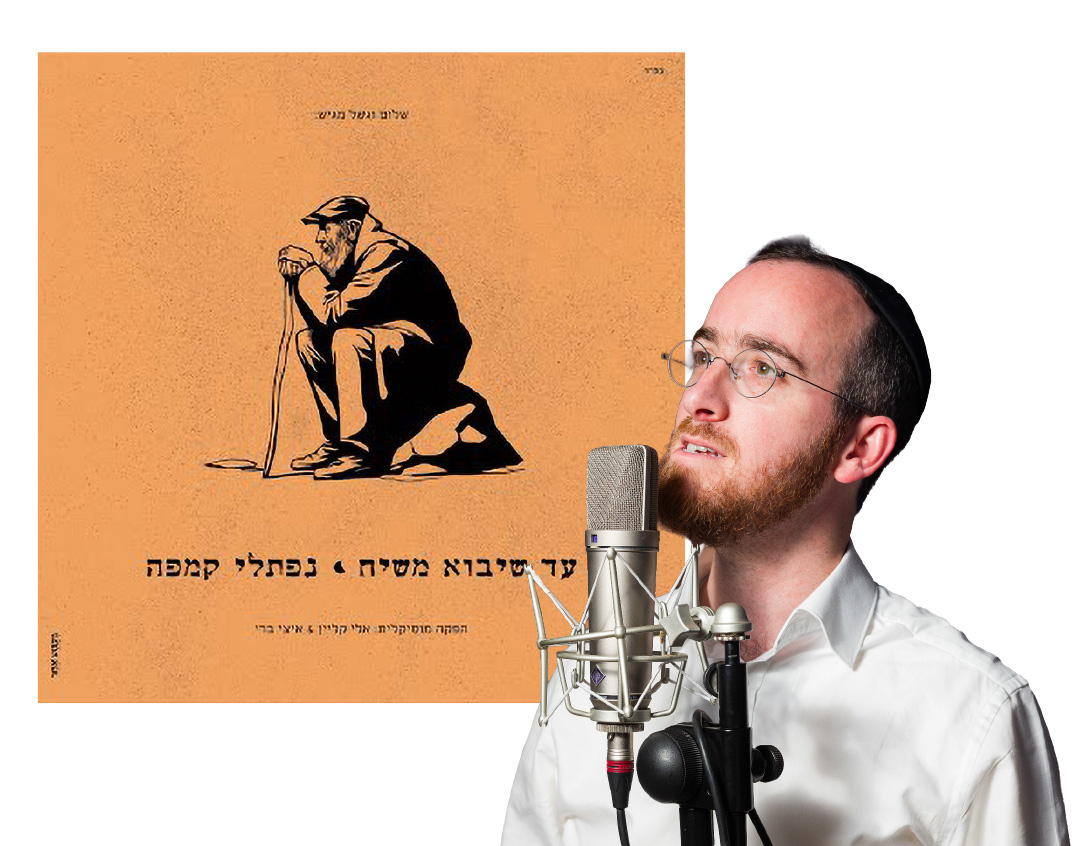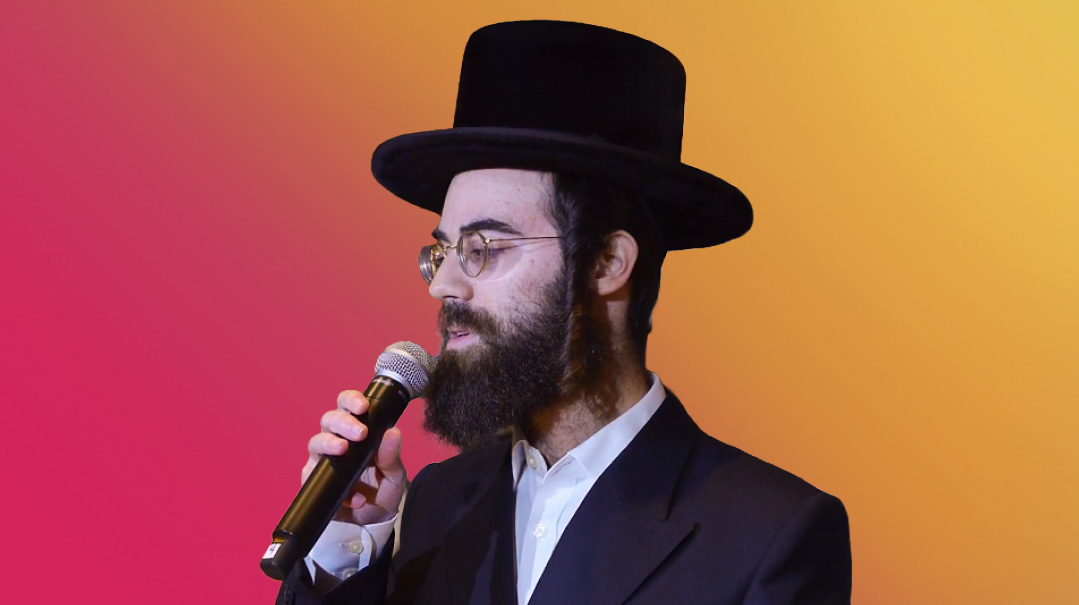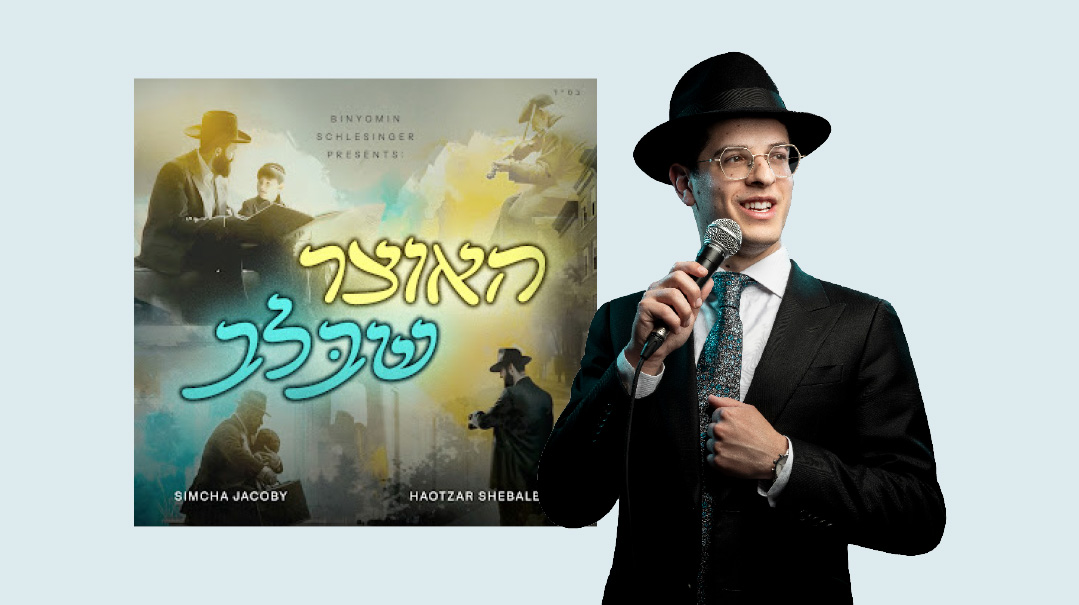Endnote — Issue: 1036
| November 12, 2024Rabbi Shloime Taussig’s second EP collection, 5 KOLOS #2, hit the shelves and the streaming platforms on Rosh Chodesh Elul

JUST OUT
One Good Word
Rabbi Shloime Taussig’s second EP collection, 5 KOLOS #2, hit the shelves and the streaming platforms on Rosh Chodesh Elul, and he’s glad that, after his precedent-setting EP came out in February 2022, other singers in the frum music world have also been using the format.
“After my first 5 Kolos EP was released, I got a lot of calls from singers who wanted to know if I minded if they did the same,” Rabbi Taussig says. “Of course I don’t mind. I would love people to copy it and make it the norm. It’s like the takanah packages that have been around forever and that have come back into style so strongly in today’s economy. I mean, if you have the money to produce a full album, great, but EPs are a more affordable idea.”
Rabbi Taussig has been singing professionally for 21 years, and has been at the forefront of some developments in the industry. His “(Bum bum bum) Lashem Haaretz Umloah,” composed and sung together with Yitzchak Fuchs, was one of the trendsetting singles in the frum music market to be released by a wedding singer. (It sold for $1.99 in Mostly Music’s brick-and-mortar store.) His early hit singles were followed by others, some more popular, some that he felt fell between the cracks in a crowded market. The more substantial EP format is a little harder to get lost.
This is the second EP produced by Eli Klein and Yitzy Berry. (“Of course I went back to them,” he says. “We clicked like family.”) In fact, the first track on the album — “B’chesed Uv’rachmim,” from the first paragraph of Bircas Hamazon — was composed by the pair at Rabbi Taussig’s Shabbos table.
“When they’re here in New York for work, Yitzy and Eli stay with me for Shabbos,” Rabbi Taussig relates. “They had half a song which I liked, but it had different lyrics. As we sat at the Shabbos meal, they changed the first part, and tweaked it to its final form.”
The first three tracks incorporate Yiddish words, but the second consists of just six words in total: “Zug far dein chaver ein git vort [Say one good word to your friend].” This song was born three years ago Hoshana Rabbah when Rabbi Taussig spoke and sang at Mordy’s Shteibel in Lakewood.
“The shteibel has an open-house vibe, it’s a very warm place where everyone is welcome and taken care of. I spoke there about the special nature of the shteibel and the power of encouraging a friend, about how we can’t always see the results of our words but how kindness and a good word can give someone the strength to go on. After I spoke, on Hoshana Rabbah night, Betzalel Bree, a talented musician in the shteibel, came over to me with this tune in his head: ‘Ein git vort, ein git vort, zug far dein chaver ein git vort.’ ”
Although the composer wanted Rabbi Taussig to add a second part to the song, Rabbi Taussig says he was so moved by those simple yet powerful words that he felt the high part should be wordless, that adding more would just take away. The strong feedback to this song has proven him right.
Fans of Hershy Rottenberg, the chassidish composer from Antwerp, will be excited to hear Hershy singing his own composition with Rabbi Taussig on Track 3, “Nagen Hamnagen.”
“It’s a little bit out of the box, more of a reggae-style song, but still has Hershy’s chassidish vibe,” Rabbi Taussig comments. “I heard this song from Hershy a few years ago, and it stayed with me. He was originally keeping it for himself, but then Hashem gave me the idea of offering him again to buy it, and also inviting him to sing it with me on my album. I was thrilled when he agreed to collaborate, putting his signature on the song.”
MY GO-TO MELAVEH MALKAH NIGGUN
What do you sing to escort the Queen on a long Motzaei Shabbos?
Right after Havdalah, I like to sing Reb Benzion Shenker’s “Hamavdil Bein Kodesh Lechol.” I sing it with one of my sons, and that’s how we usher in the new week, even before we get to Melaveh Malkah. As a runner up, I would say the next best song for Melaveh Malkah is Carlebach’s “Eliyahu Hanavi.”
—Yitzy Bald, Composer and Choir Producer
What Are you Playing Tonight?
What do you advise clients when they’re making choices about their wedding music?
When you’re talking about chuppah songs, if you have specific songs you’re dreaming of, that’s great. But ask the singers for their ideas. They know how to sing what they’re comfortable with, and when the singers are in their element, that affects the chuppah. In general, don’t over-manage the music at your wedding. Give us the genres and styles and we know how to do what we do.
—Ari Boiangiu, Blue Melody Group
Mic Drop
Bridging the Gaps
Behind the recent Isaac Honig album, Kol Bayaar, was a father-son collaboration on a shared musical goal. New on the professional music scene, gifted producer YOSSI HONIG was seven years old in 1998, when his father recorded his debut CD, Adon Hakol. He remembers hanging out in the studio, and how his father made space for his musical side to develop. “He used to tell me, ‘You hear things that not everybody hears,’ ” Yossi relates. “For this album, we had an identical vision and concept. Although we both sometimes initially took time to grasp the other’s vision, once we did, we came to the same decisions.”
In addition to composing the final track on the album, a pensive song of supplication titled “Kein Techayeini,” Yossi, who lived in Eretz Yisrael at the time the songs were prepared, spent hours writing and rewriting music together with arranger Yehuda Glili. Since most of the tracks are medleys, Glili had to write the bridges between one song and the next, focusing on creating a natural flow between two different pieces, such as the Skulener “Venafshi” with the Modzhitzer “Ani Maamin,” and Rosenblatt’s “Shomer Yisrael” with the Stoliner “Yechadsheihu.”
“On Track Five, ‘Vechulam Mekablim,’ we had a spontaneous idea to open the song with the nusach my father uses when serving as a baal tefillah, based on the Satmar ‘Na’anuim’ niggun,” Yossi says. “We then had to bridge the nusach with the rest of the song. It took multiple tries until Yehuda came up with the final interlude that beautifully bridges the two. This track also stands out because it doesn’t follow traditional musical rules in terms of rhythm, much like many traditional chassidish songs. We had to work hard to structure the rhythm in a way that brings people in and creates connection and inspiration instead of feeling jarring.”
(Originally featured in Mishpacha, Issue 1036)
Oops! We could not locate your form.







